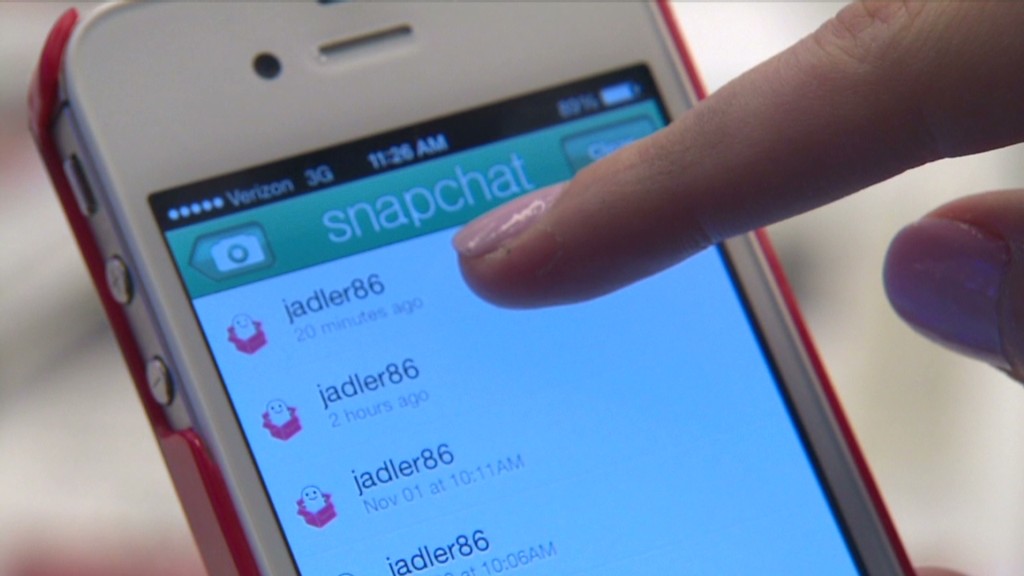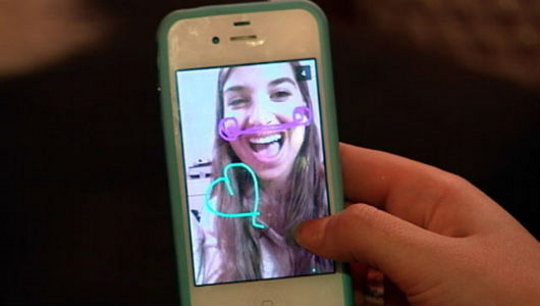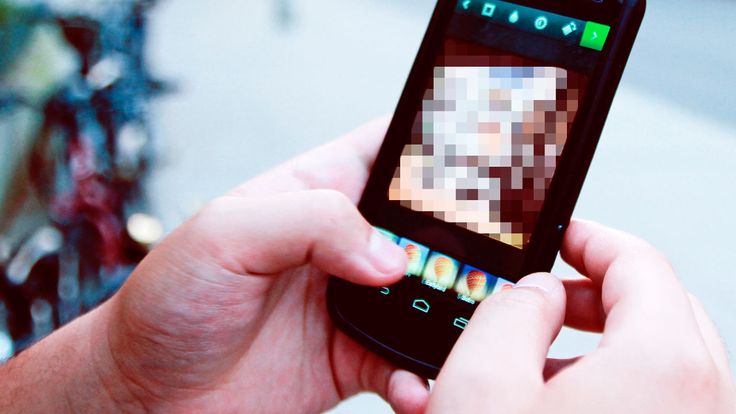Snapchat is a mobile app and is hugely popular with teens and young adults. Because it is a mobile app it only works on mobile and you download it from the App store (Apple phones) or the Google Play store (Android phones)
When you download the app and you register an account it can then tell by looking at your phone’s contact list which of your friends are on snapchat. You can then request to connect with your friends and you can send invites to anyone else in your address book to connect with you on snapchat.
In essence, the app allows you to
1. Take a photo (Or a 10 second vide0) and then add text or drawings / doodles to the image. It’s a fun way of sending a message instead of a boring text message.
2. You can then send the snap to a friend or group of friends and it will self destruct within a set period of time (Between 1 – 10 seconds). The image then disappears forever (well, sort of).
3. Your friend can then reply with another image / message or they can simply instant message you back.
4. The other option is to post the photo to “Your story” where all your snapchat friends will be able to see the photo for 24 hours before it self destructs.
In this parents guide to Snapchat we will explain why kids like using it, what dangers you need to be aware of and how to advise and protect your child.
What age is it suitable for
You need to be aged 13 to sign up for Snapchat. However, many tweens sign up for it giving a bogus date of birth.
Snapchat launched a version of the service for kids younger than 13 called “Snapkidz”. It basically allows them to take the photo, add the drawings and doodles but they cannot then send it to anyone.
Why Do Kids like using it?
Tweens and Teens love using it because;
- It is a fun way to send a message. Why just send a text message saying “I’m bored” when you can send a selfie of yourself making a stupid face and a drawing / doodle saying “I’m bored” . It’s a fun and creative way to liven up a text message
- They share photos of themselves pulling funny faces, random things that they see, funny photos of their pets.
- The fact that the photo disappears so quickly means they can share something stupid or something that makes them look stupid without them having to worry that they are going to be made fun of. It is a “no pressure” alternative to the permanence of Facebook and Twitter where whatever they post stays around forever.
- Some kids love it because it isn’t possible for parents to monitor their messages . All messages and images shared in the app disappear and cannot be viewed by a parent who picks up the phone. Also, if you have parental monitoring software on the phone it cannot monitor what is shared on Snapchat.
- Parents can see images that the teen has been tagged on in Facebook and Instagram but Snapchat images that are sent directly to someone (not shared to all contact via the “Story”) are not visible to parents.
What dangers do parents need to be aware of?
1. Sexting
Even though Snapchat has been associated with “sexting” in the news, the vast majority of kids are not using Snapchat for that purpose. If your child is using Snapchat it is wrong to assume that they are “sexting”. However, sexting does happen amongst teens and it is something that you should be aware of as a parent.
Many parents think that sexting involves 2 people sending either risqué or explicit text messages to each other. However, sexting more typically involves people taking;
- Selfie photos / videos of themselves either in their underwear or in the nude. Lots of these images existing on the internet where teenagers take the shot facing the bathroom mirror and these are referred to as either nude selfies, mirror selfies or underwear shots.
- Photos of their breasts or genitals
These photos are then typically sent to the persons boyfriend or girlfriend and usually sent either by text message or via a messaging service such as Whats App, Kik messenger or Snapchat. Studies done in Ireland, the UK and the US indicate that a significant percentage (60%) of teenagers are being asked to take images of themselves with many going on to take images or videos of themselves (40%) and then between 20% – 25% actually sending the images on.
See our Digital Parenting Guide to Sexting for more information.
Some teens do use Snapchat to send explicit selfies to a boyfriend / girlfriend because;
a) The images are not saved on the phones image folder where they could be discovered by a parent.
b) The self destruct feature gives a sense that the image won’t be saved or shared. This is a false sense of security however because;
o The person who receives the explicit image can take a screenshot and save it to their phone. (The sender will be notified if a screenshot has been taken.)
o There are lots of apps available that integrate with Snapchat and allow the recipient to easily save the image before it self destructs. An example is an app called Snap Save.
2. Cyber Bullying
Social media is increasingly being used by bullies to torment victims and the main social networks that are used, because of their sheer size, as Facebook and Twitter. View our digital parenting gude to cyber Bullying
However, Snapchat is also being used by cyberbullies in the following ways
1. Because the message disappears
Because the message and therefore the evidence, disappears within 10 seconds it is a perfect medium for bullies. For the victim is adds to the torment because they cannot show their parents the message and how they are being bullied.
2. Using images to bully
Bullies often send images of ugly animals with text comparing the victim to the animal or if they can take embarrassing photos of the victim they then send them to a large group on Snapchat – again, knowing that the image will disappear.
3.Feeling excluded
Many kids deliberately post photos to their “Story” of themselves doing activities or at a party with their friends, in part to show who is there and who was not included. For the person who is being bullied / excluded from the group this compounds their feeling of exclusion.
Next Step: Understand how to use Snapchat and how to advise your child.
o How to install Snapchat.
o How to use Snapchat
o How to advise your child on using Snapchat, including
- How your child can make their account Private
- How your child can change their Password
- How to Block an account
- How to Unblock an account
- How to report content
- How to take a screenshot of what someone has posted
- Apps that can save you snap without you knowing
- How to Delete your account
o How to check if your child is using Snapchat
o How to monitor what your child is sending on Snapchat if your child uses an Android phone.

 Viewing Adult Content
Viewing Adult Content Being Cyber Bullied
Being Cyber Bullied Sexting
Sexting Technology Addiction
Technology Addiction Online Grooming
Online Grooming



